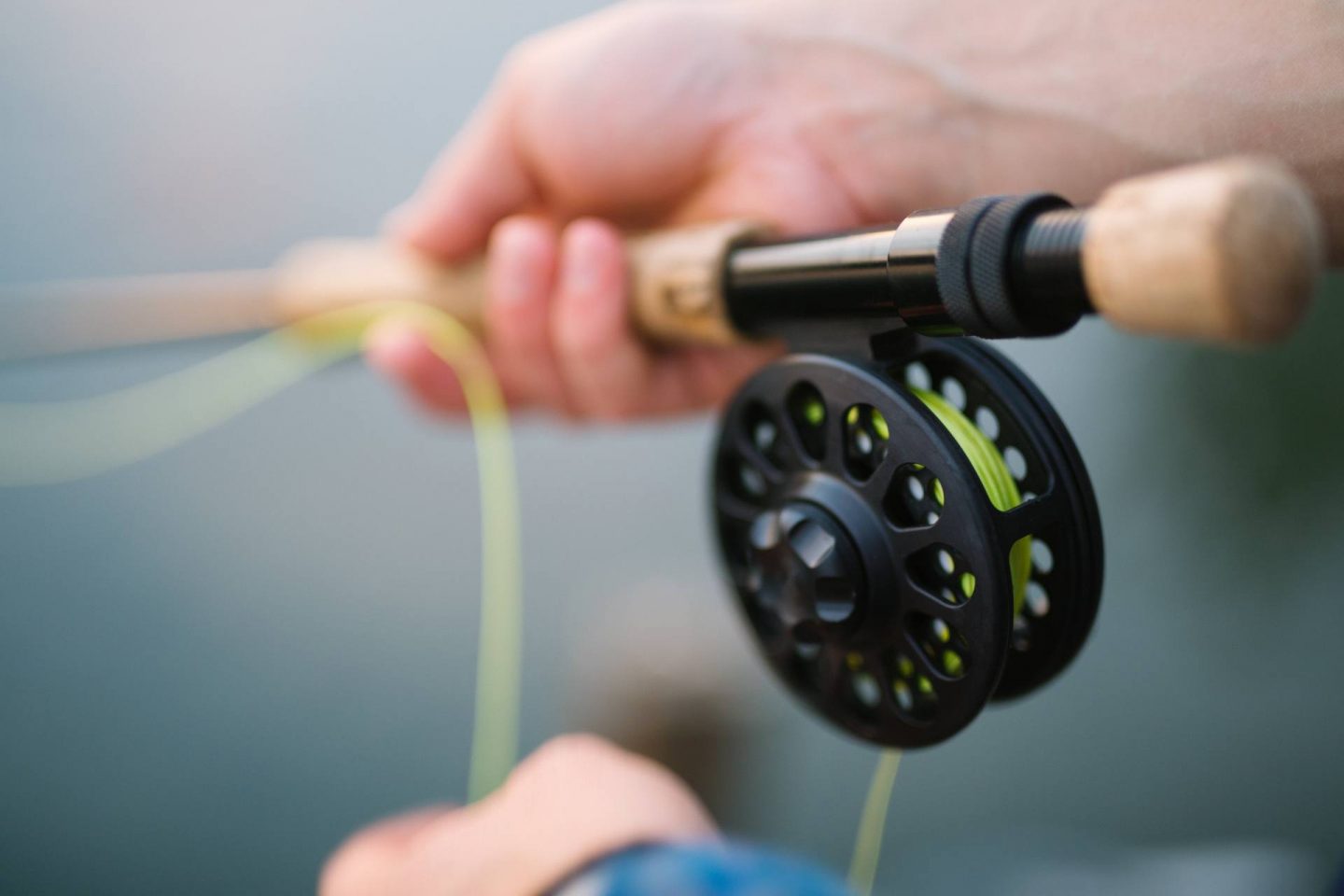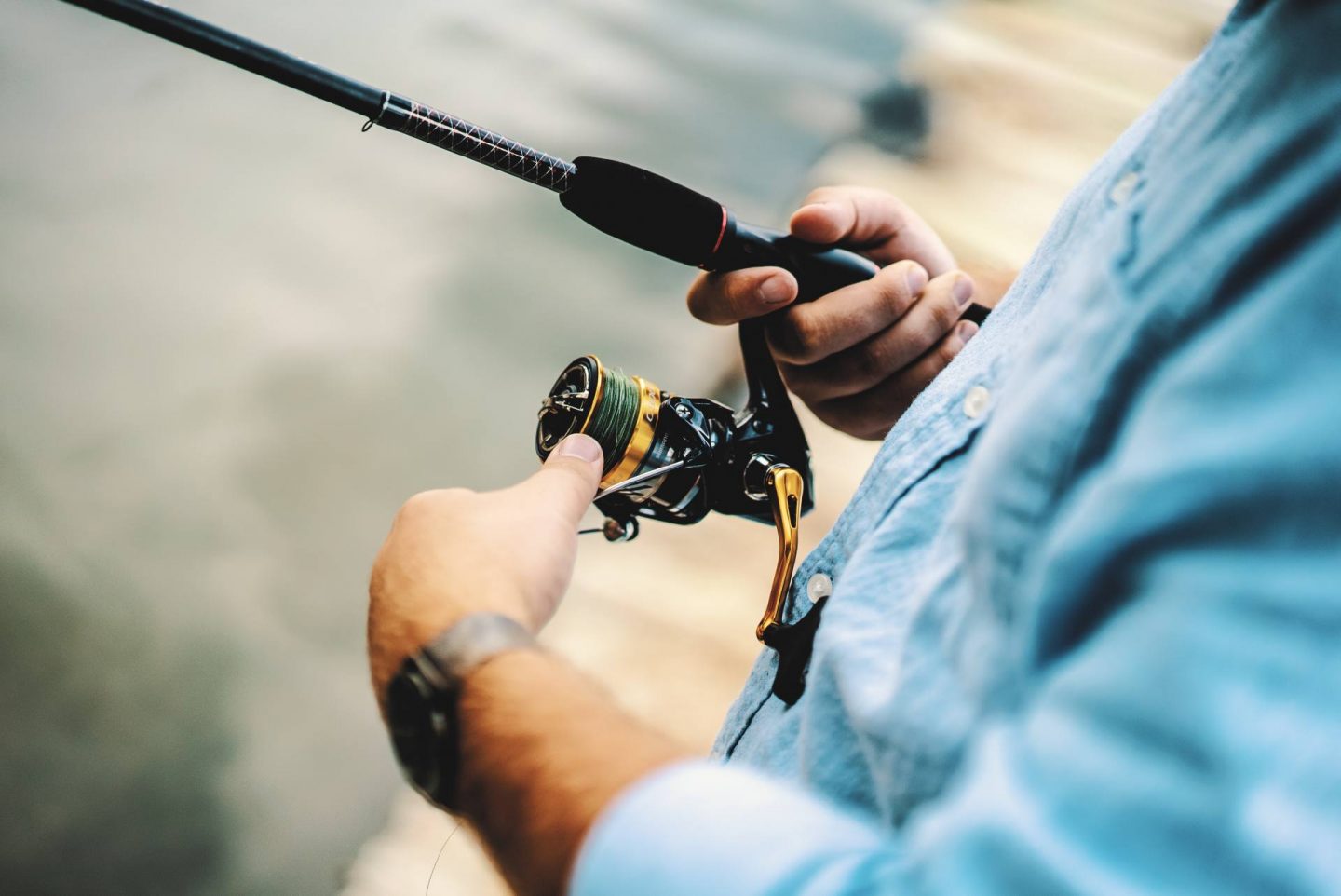*This is a collaborative post.
Fishing is a great relaxation activity for many people. Anglers or those people who use tackles and lines to catch some trout can escape the hustle of the city through fishing. Read more about angling in this site here.
Its summertime already and you and a friend might decide to head over to the fishing hole with a tackle box. The tackle box should be well-stocked and complete with tools to help you get the best catch that the season has to offer.
Every tackle box is different and the contents come down to personal preference. However, there should be basic items that should be included in every box. Here are some of the must-haves inside your box.
Basic Fishing Equipment

Lines and Cane Pole
These are very effective gears to catch fishes in freshwater. The pole with the line attached to its end is commonly used by anglers. Some add hooks or lures at the end of the line to attract a rainbow trout or a yellow perch. You can read more about the best lines and poles to use on sites like ProFishingGearReviews. Poles do not typically use reels so the combination is good for newbies.
Types of Fishing Lines:
- Braided Lines
- Monofilament Lines
- Fluorocarbon Lines
Reels and Rods
When you have a lot of extra lines, choose a reel and rod. These are great gears when you want to cast your line further. You can retrieve your catch easier and you have a higher chance to win battles with larger fishes.
The rod is a slender pole where the reel and the line are attached. The rod holds the reels while the reels hold the lines. The fishing line threads along the length of the rod. The rest of it is wounded up at the base of the reel. This allows the angler to reel in a fish quickly once it is caught.
Reels have become popular in many fishing adventures nowadays. This is a kind of spool that turns on its own axis while winding the fishing line at the same time. It is found at the bottom of the rod. Reels are the ones that kept the rest of the excess line during casting.
Types of Reels:
- Spinning Reels
- Baitcasting Reels
- Spincast Reels
- Fly Reels
Types of Rods:
- Casting Rod
- Spinning Rods
- Fly Rods
- Ice Fishing Rod
- Sea Fishing Rod
Hook
This is attached to the end of the line. It is used to impale the fish. The hook pierces the mouth of many freshwater fishes but in some instances, some may get snagged at their bodies. They come in a variety of sizes and shapes. They are inexpensive and it’s great to have more than one of them in your tackle box.
Sinkers
Anglers who only use hooks and bait will find that they are not enough to sink the line. They use a weight that is attached to the line called a sinker. You might lose some sinkers while skimming a lake’s surface so it is better to bring extra. Avoid sinkers that are made of lead if possible since they can pose threats to the environment. Use other alternatives such as steel, brass, or tungsten instead.
Baits and Lures
The old-fashioned worms should be enough to attract bass. When it comes to living baits, many find it disgusting to capture live worms. However, the moving worms underwater are precisely the reason why many fishes are attracted to your line. You can also use live minnows and other smaller fishes as baits. However, if you don’t have the time to catch them, opt for corn, marshmallows, or little bits of bread.
When you want to up your game a little, artificial fishing lures that are shaped like minnows can be an option. Complex lures are designed to attract fish. For example, the lures in the shape of minnows behave underwater as if they are swimming. Fishes who are medium in size can get attracted since they love to munch on small minnows. Predator fishes do not usually hesitate in eating other smaller creatures of the sea.
Bobbers
These are floaters on the water’s surface. You will know that you have caught something when the bobbers sink. When you notice that your bobber disappears on the surface, get ready to reel your line. Most use red and white bobbers because they are easier to see. There are varieties with clips attached to the line so that you won’t lose them easily. Bobbers can also get lost on the water so it is a good idea to bring more than one.
These are just some of the items that you need to include in your tackle box. Do not forget to bring the essentials when you are out to catch bluegill, walleye, trout, and catfish on lakes. At first, you might find that the life of an angler is a constant battle between the fishes. But you’ll get the hang of it if you invest the time to learn how to use your equipment. You can go on a fishing trip with an experienced angler so that you can learn various techniques and tips on how to catch your first Pacific halibut. Your family will be proud of you if you bring home a fresh bluefish from your weekend trip.


